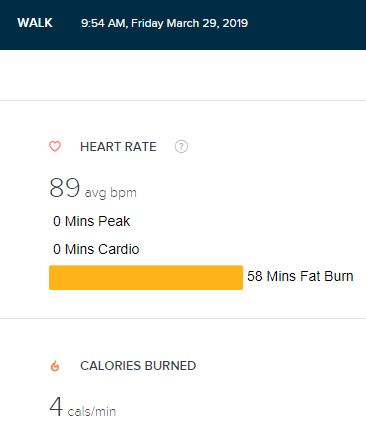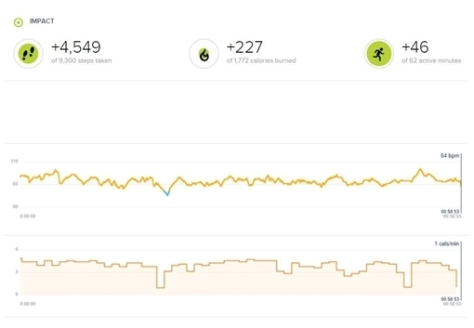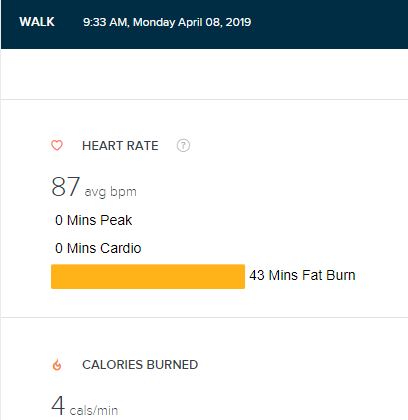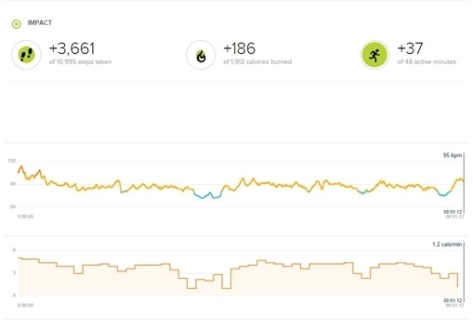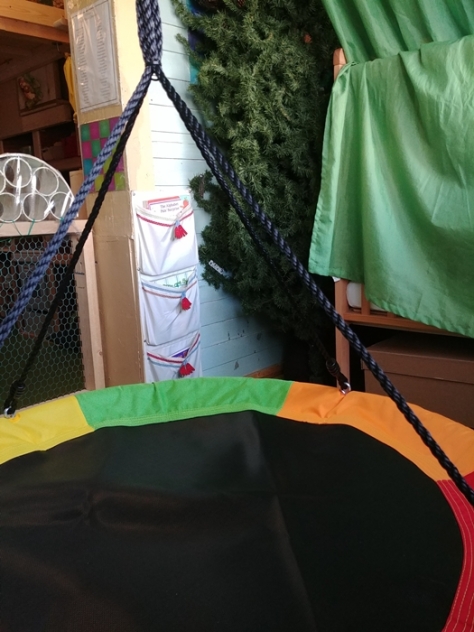For the past three or four years I have found it difficult to actually make ‘mud’. Yes, I know it sounds ridiculous – there is mud everywhere we go in the spring and summer after it rains – but for mud day I like to buy NEW, fresh dirt to make mud with. I never used to have difficulty finding good soil but recently it has been a challenge. I have bought many different bags of soil in search of ‘good’, mud-making soil. I’ve tried black earth, top soil and garden mix in both cheap and expensive brands from a variety of stores. Some years I’ve had several reject bags that I dumped into the garden instead of using for Mud Day.
The problem with most of these soils is that although they seem nice when I open the bag – cool, moist and smelling fabulous as all fresh soil does – they don’t mix well with water. Sure, when you add a little water to the soil it feels wet but it does not compact or hold any kind of shape. Adding more water doesn’t help – eventually it just become dirty water with bits of debris. *sigh* It shouldn’t be this hard to make mud.
The weekend before Mud Day I bought what I hoped would be good black earth – sadly, a small sample proved it was not. I called Superior Soil, explained my problem and asked if they had soil that would make nice mud. They believed they did so now my dilemma was that they are not open evenings and there were no more weekends before Mud Day. I checked the route on Google Maps – should only take 34 minutes to walk there – easy peasy walk for my little group of hikers.
The next day we packed a snack and left early in the morning so we could still have time to play in the yard for a while after our walk. My mistake was that I neglected to consider that this was not one of our normal routes hence there would be a lot of time spent sightseeing, exploring and asking many questions. Note to homeowners: If you put up little dome tents in your unfenced front yard it makes it very, very difficult for me to persuade toddlers that it is in fact private property and not a public campground.
It took us 91 minutes to get to our destination – I wondered if Google Maps may have miscalculated but I just wanted to get our soil and be on our way because if our return trip took the same length of time we would have a very late lunch. The man at Superior Soil was so charmed by the excited little group that he wouldn’t even charge us for the soil, put it in our cart for us and told us to have fun making mud pies. We had a quick (late) morning snack and headed back. Google Maps was not wrong – the return trip took only 42 minutes with tired toddlers and a heavy bag of soil.
Friday, June 28th was the day we would celebrate Mud Day. I set out a bin of water with some scoops, a wading pool full of our very special soil, a tarp and the ramp. At first, the children were all very hesitant – they tentatively played with the scoops in the water.
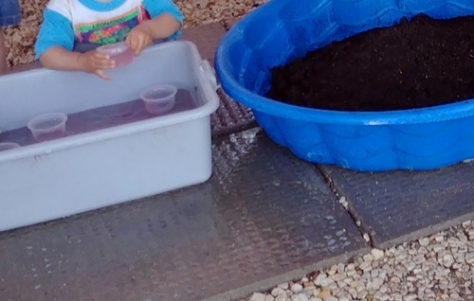
Seriously! Most of this group had been here for at least one other Mud Day and we’d been planning this for weeks – why the reluctance to dive in? With a little coaxing they added a bit of water to the soil and then moved small amounts of mud to the ramp. Twenty minutes so far and we’ve only got a few dirty fingers!
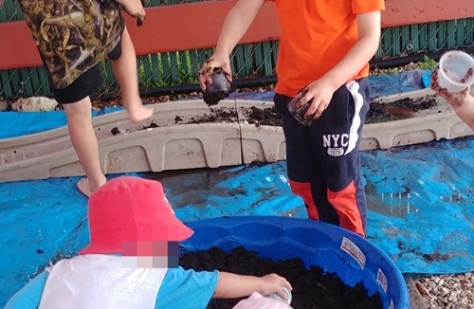
Finally someone got their feet dirty;
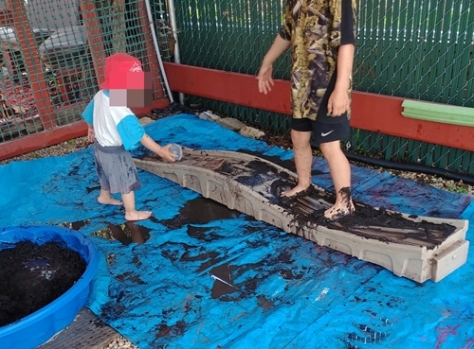
OK – now we are mixing mud! Yes, Superior Soil makes beautiful mud;

Someone thought the water bin could be used to clean their feet – LOL – there is mud everywhere now;
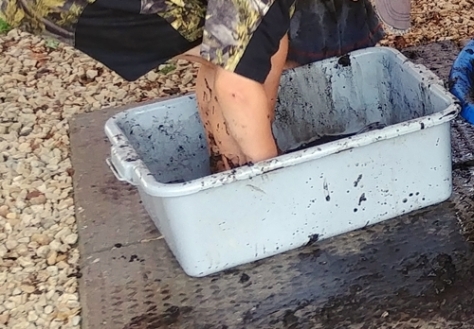
This one thinks she is getting clean – nope! That water bin is mostly mud now too.

After a slow start they all really got into it – no more reluctance to get dirty. We enjoyed two hours of wonderful messy mud play.








